Home / THE NBSA
Measuring sustainability performance, setting strategic goals and identifying areas for improvement based on sound science, are all key areas where the CRSB leads sustainability initiatives for the Canadian beef industry.
The first National Beef Sustainability Assessment, known as the NBSA, was published in 2016 (based on 2014 data) and provided a baseline for evaluating progress in environmental, social and economic performance over time. This second assessment, published in 2024 (based on 2021 data) is the first to measure changes against that baseline, and serves as a benchmark on the Canadian beef industry’s journey towards its 2030 goals.
Read the peer-reviewed scientific paper:
An Assessment of the Environmental Sustainability of Beef Production in Canada.
Read more detail about our progress and sustainability performance on specific topics across the three pillars of beef sustainability.
A Sustainability Strategy accompanies the assessment and serves as a roadmap to help guide achievement of the industry’s 2030 goals. Strategic action items have been developed through input from our members and industry stakeholders and will take a collaborative effort across the supply chain to achieve them.
Learn more about our current sustainability performance below, and further detail on environmental, social and economic metrics.
Progress updates and success stories will be added from time to time. Learn more about our [link to goals & strategy page] Sustainability Strategy and Research Priorities.
Canadian Roundtable for Sustainable Beef
180-6815 8th Street NE, Calgary, AB T2E 7H7
info@crsb.ca
© 2024 Canadian Roundtable for Sustainable Beef
/




The Canadian beef industry has made great strides in increasing its production efficiency to reduce its carbon footprint, which encompasses contributions from enteric methane, manure management and feed production, and from smaller contributors including transport, bedding, water, energy and grazing.
Cattle have increased their feed intake and feed efficiency, leading to faster growth and reduced time needed to reach market weight. This means less resources (land, feed, water) are needed to produce an animal.
Since less time and resources was needed to produce each animal, the overall GHG emissions decreased per kg of boneless beef, consumed – leading to a smaller carbon footprint (alongside improvements in other environmental indicators; fossil fuel depletion, freshwater eutrophication and photochemical oxidant formation).
This is significant progress contributed by the whole supply chain and puts us on the right path to achieve the industry’s goal of a 33% emissions intensity reduction by 2030.




Agriculture land occupation is determined by quantifying land used disturbing soil or habitat (m2 annual crop eq.). Land use is calculated based on the lifetime of the animal – for grazing and feed requirements.
In Canada, beef production currently utilizes 40% of agricultural land, of which 84% is pasture. Of the remaining, 7% is used for growing hay and only 8% is cropland (7% barley and 1% other feed crops).
Additionally, only 9% of Canada’s total cropland is used to grow feed for beef production.




Beef production spans the entire country and encompasses a variety of ecosystems across the landscape. While considering the amount of land used is important, maintaining the health of an important [and endangered] ecosystem in Canada – native grasslands – is critical. Therefore, assessing biodiversity and carbon sequestration is an important piece to view overall environmental sustainability.
When considering all of Canada’s crop and pastureland:
In Canada, most of the remaining native grasslands and pasture are under the care of beef producers, and there is a strong link between biodiversity and land used by cattle. THEREFORE, grazing cattle is a critical tool in preserving habitat and supporting biodiversity.





The role of grazing cattle in Canada in preserving carbon stored in the soil cannot be understated. Land used for beef production, of which 84% is pasture, is estimated to hold 1.9 billion tonnes of soil organic carbon – this is roughly equivalent to the annual emissions from over two billion cars.
The majority of carbon is held in native grasslands – highlighting the importance to keep this land intact, which would maintain its carbon stock, and prevent release of carbon into the atmosphere.
In addition, land use and beneficial management practices can further enhance soil carbon storage and can help offset emissions from beef production. Grassland management practices – such as rotational grazing – that increase net accumulation of carbon in grasslands are needed as they have the potential to minimize the rising concentration of atmospheric carbon dioxide. When offsets are taken into consideration the net carbon footprint of beef production in western Canada is estimated to decrease by 6%.





This is roughly equivalent to the CO2 emissions of over two billion passenger vehicles – that’s emissions from 58 vehicles per Canadian!2
This carbon storage is equivalent to over 10x annual carbon emissions from all of Canada.3



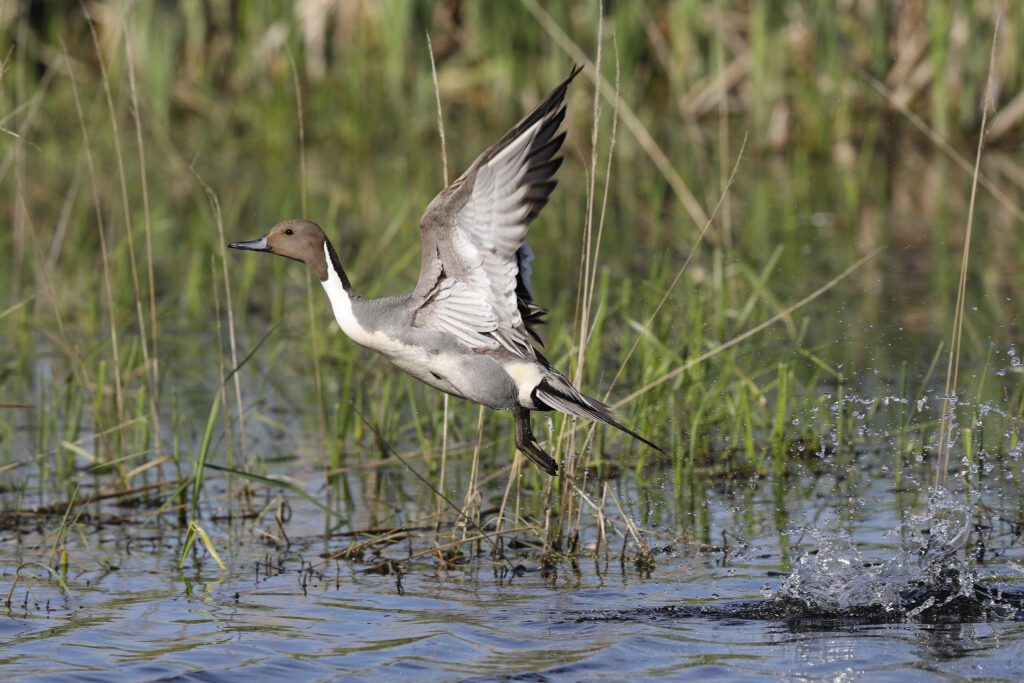

In Canada, there are 545 wildlife species (332 birds, 134 mammals, 41 amphibians and 38 reptiles) that use agricultural land for feeding and reproduction. The inability of cropland alone to fulfill habitat requirements for most wildlife species demonstrates the importance of land including native grassland, unimproved pasture, forest, forest wetland, wetland and water in Canadian agricultural landscapes.
When considering all of Canada’s crop and pastureland, land used for beef production contributes the majority of critical habitat that wildlife need for reproduction (74%) and feeding (55%).1
Total wildlife habitat capacity in Canada has shrunk due to land use change – specifically native pasture being converted to cropland – and urban sprawl. As the wildlife move off these converted areas the proportion of habitat capacity attributed to beef land has increased.
This showcases that the contribution of beef production to maintaining land heavily used for reproduction and feeding of many species is vital in maintaining Canada’s wildlife capacity.
*photo credit: Ducks Unlimited Canada





Health and safety at work concerns the promotion and maintenance of the highest degree of physical, mental and social well-being, and capabilities of all individuals involved in business operations, including employees but also producers and the people living on the farm.
Awareness and preparation of on-farm health and safety is increasing. A focus on training and access to proper safety equipment would be beneficial.


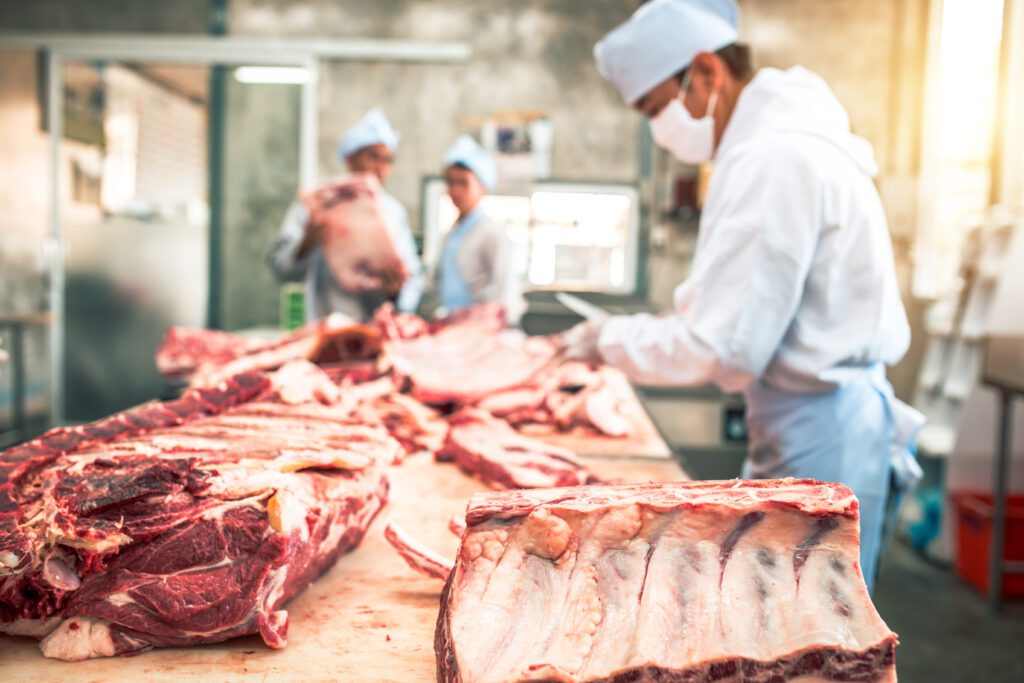

Labour management refers to the working conditions of individuals working throughout the supply chain and how these conditions contribute to human health, sustainable workplaces and communities.
Results suggest that challenges around labour availability, recruitment and retention are increasing workload levels with potential negative repercussions on people working in the industry. Policies and programs to support affected stakeholders to mitigate these challenges would alleviate the risks.



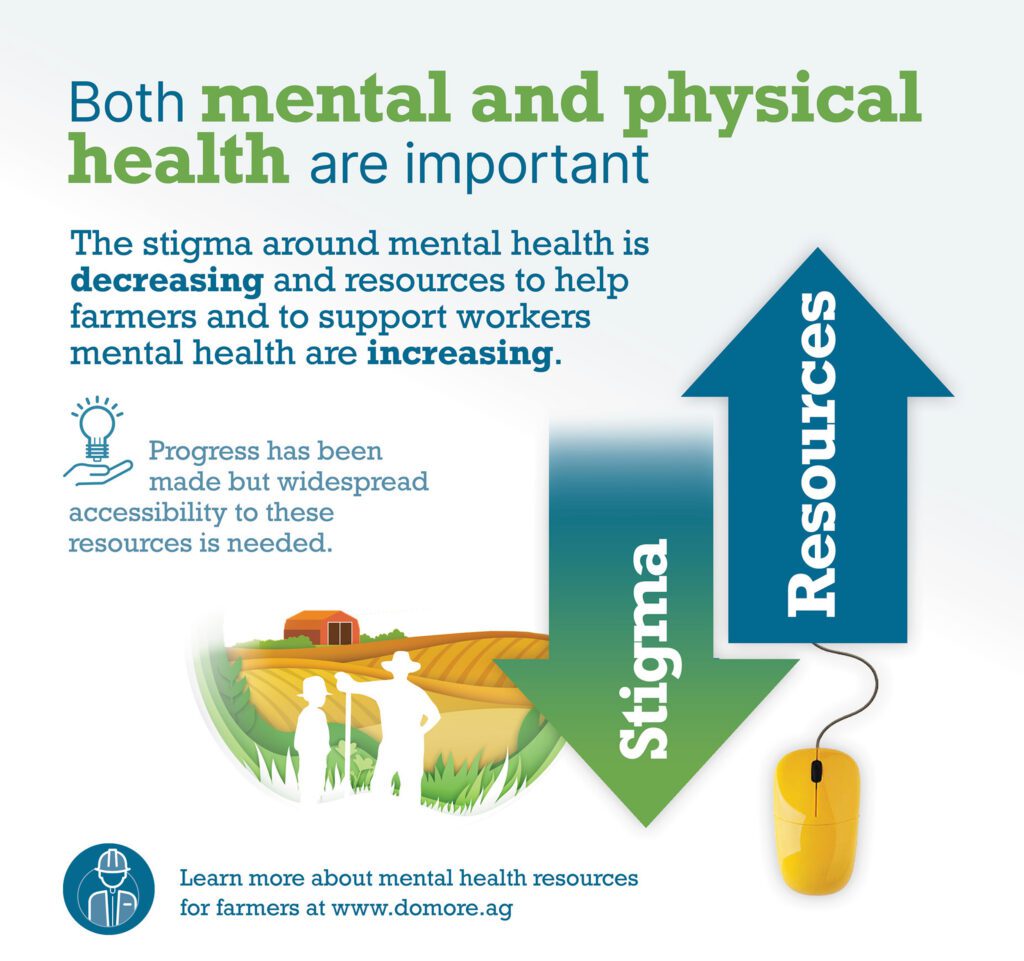

Health and safety at work concerns the promotion and maintenance of the highest degree of physical, mental and social well-being, and capabilities of all individuals involved in business operations, including employees but also producers and the people living on the farm.
Workload is ranked among the top 5 stressors for beef farmers.
Positive conversations around stress and mental health have increased, building awareness and reducing the stigma of mental health challenges.
Organizations such as Do More Ag, among many others, are increasing resources to help farmers, and more widespread accessibility to these resources will help producers across the country.

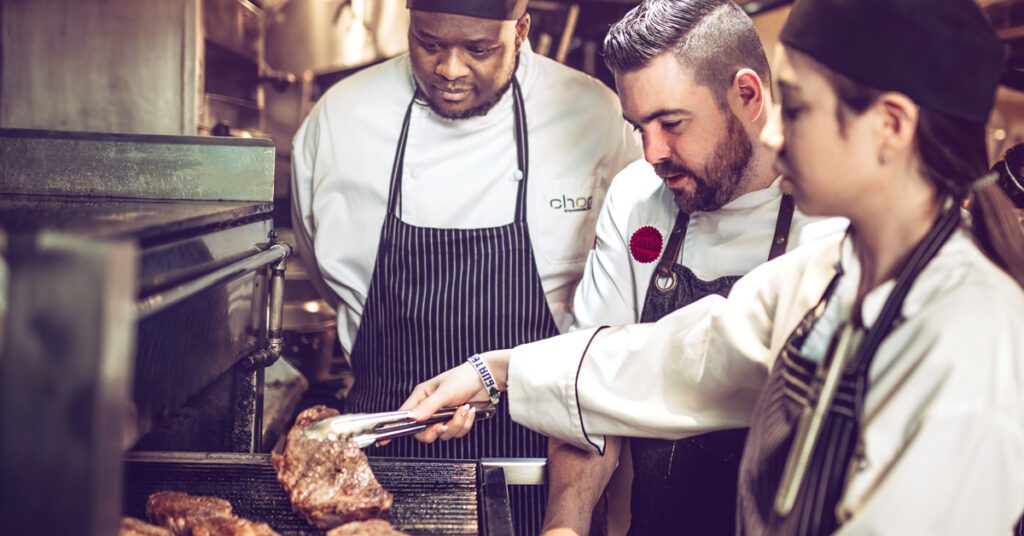

Economic sustainability is defined as the ability of a system to maintain productivity in the face of a major disturbance, as well as shifts in consumer preferences.
Research suggests that for every worker employed by farm-level production of cattle in Canada, 2.5 workers are employed either directly or indirectly in the Canadian economy. And for every worker employed in the Canadian meat packing industry, another 3.4 workers are employed, including direct and indirect employment.
As such, the sustainability of the beef industry is imperative for the well-being and
livelihoods of thousands of Canadians employed throughout the value chain as well as the millions of Canadian consumers demanding safe, high quality, and nutritious protein options.




Consumer resilience is the ability of consumers to support the Canadian beef supply chain, despite challenges that may occur.
Consumer demand is the ultimate driver for the long-term development of the cattle industry. A sustainable cattle industry evolves with the consumer market and responds to changes in consumer preferences. This includes identifying fads that have become trends and ensuring the systems are set up to respond to those consumer demands.
Long-term trends, medium-term perceptions, and short-term market impacts were assessed in determining consumer demand for Canadian beef.
Long-term trends: a growing middle class and shifting consumer demographics with more urbanization;
Medium-term perceptions are impacted by food awareness, including perceptions of food safety, beef quality, nutrition and healthfulness of beef.
Short-term shifts may be due to prices and availability of substitute protein options.
There is strong global demand for protein in general with growth of the population and disposable income, and strong choice for traditional animal-based protein. In North America we have seen a peak of alternative proteins and demand is now decreasing. Canadian beef producers are supporting demand through increased volumes of Canadian AAA and Prime produced beef.


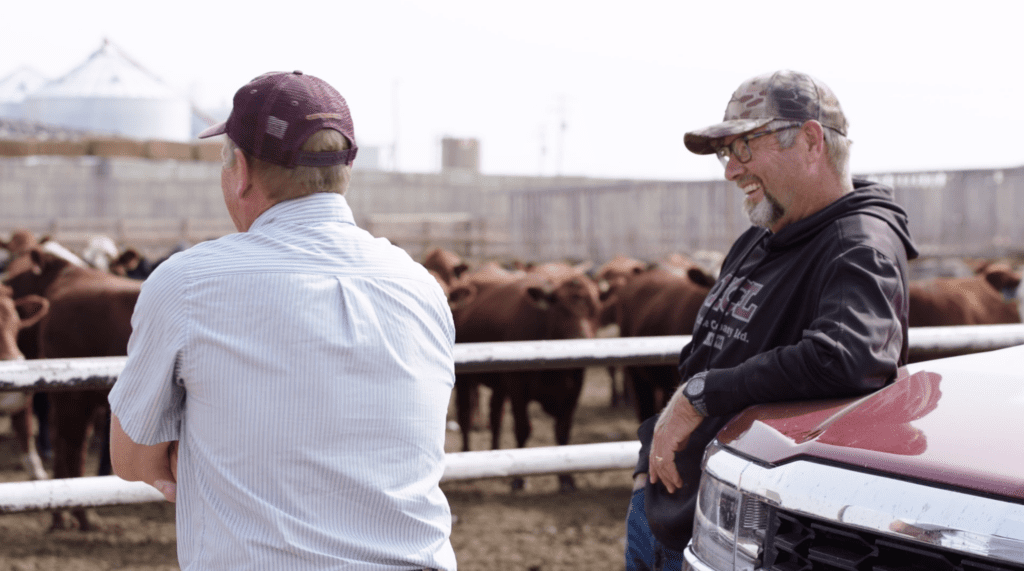

The Canadian cattle industry is a key contributor to the Canadian economy:
As such, the sustainability of the beef industry is imperative for the well-being and livelihoods of thousands of Canadians employed throughout the value chain as well as the millions of Canadian consumers demanding safe, high quality, and nutritious protein options.